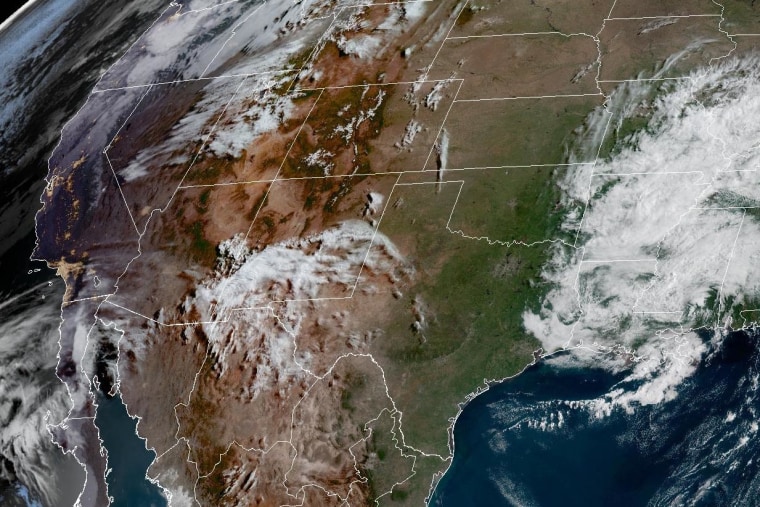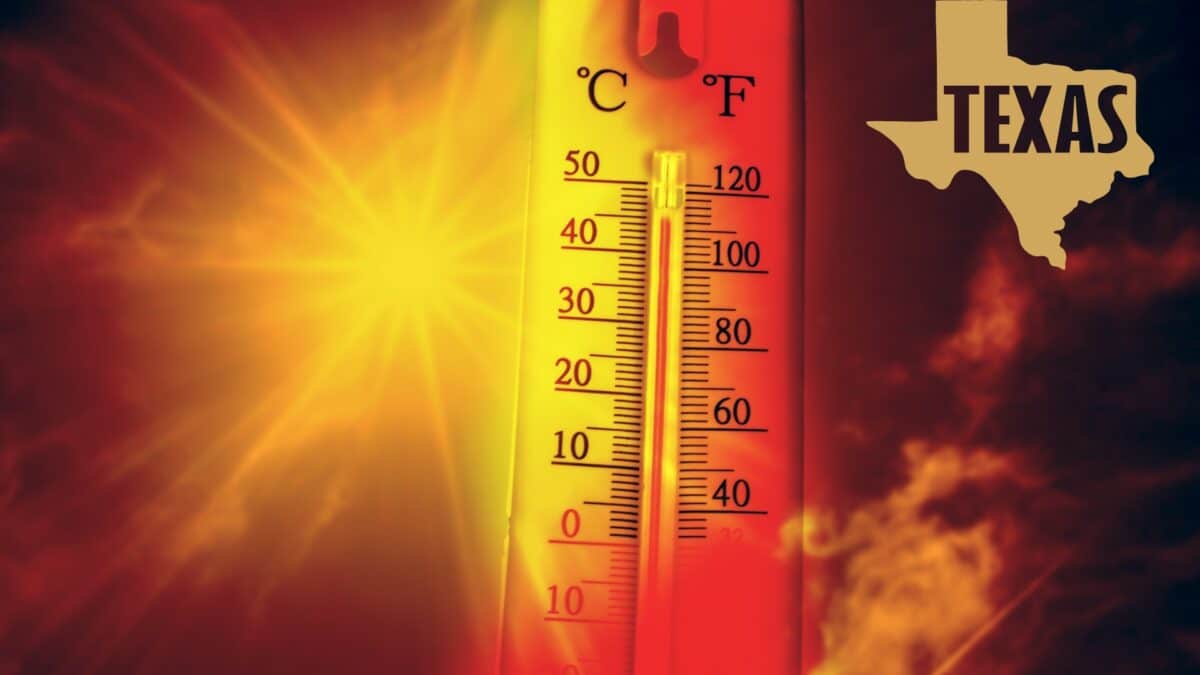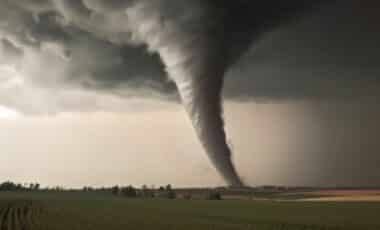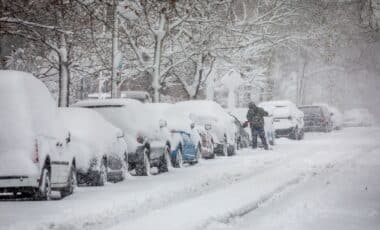A strong high-pressure ridge, also known as a heat dome, is anchoring hot air over much of the state. This weather system is responsible for driving up temperatures across Texas and neighboring regions, with the hottest conditions expected between Tuesday and midweek. The NWS noted that triple-digit temperatures will be common throughout the region.
According to the NWS in San Antonio, the extreme heat poses an elevated risk due to its unusual timing. People may not be acclimated to such conditions in May, increasing the likelihood of heat-related illnesses. The forecast suggests that temperatures could reach up to 110°F midweek in some locations.
Record Highs Hit Southwest and Gulf Coast
The NWS in Corpus Christi reported that heat index values could hit 112°F in Kleberg, Nueces, and San Patricio Counties, and up to 114°F in Duval, Jim Wells, La Salle, Live Oak, McMullen, and Webb Counties. Advisories were issued to remain in effect until 9 p.m. Wednesday, with a major to extreme risk of heat-related health impacts expected.
Other cities including Dallas, Houston, Oklahoma City, Shreveport, Tallahassee, and Orlando are also forecast to approach or break daily high-temperature records. The NWS said that conditions may feel more typical of late July or early August, rather than mid-May.

Authorities Issue Urgent Health Guidance
Officials are urging residents to take standard heat safety measures, including staying hydrated, remaining in air-conditioned spaces, and avoiding prolonged exposure to the sun. Vulnerable populations, such as the elderly and those without access to cooling, are especially at risk.
“Drink plenty of fluids, stay in an air-conditioned room, stay out of the sun, check up on relatives and neighbors,” the NWS advised. The warning is especially critical for those in central and southern parts of the state, where conditions are expected to be the most intense.
🔥 Heat Safety Tips 🔥
— Travis County Emergency Services District 12 (@tcesd12) May 13, 2025
💧 Stay hydrated
🏠 Stay indoors & avoid direct sun
👵🏼 Check on neighbors & loved ones
If working outside:
⛱️ Take frequent breaks in the shade or A/C
⚠️ Know the signs of heat illness
🚨 Heat stroke is an emergency — Call 911! 🚨#TCESD12 pic.twitter.com/Bvk2fcC3G5
Scientists Highlight Climate Trend
Kristina Dahl, Vice President of Science at Climate Central, stated that this type of extreme heat in May was “extremely rare in the past” but is now occurring more frequently. She attributed the increasing frequency, intensity, and disruption of these events to human-caused climate change.
Studies have shown that heat waves are becoming more common and severe. The National Oceanic and Atmospheric Administration has reported that the 10 hottest years since 1850 have all occurred in the last decade. These observations align with ongoing predictions about changing climate patterns.









